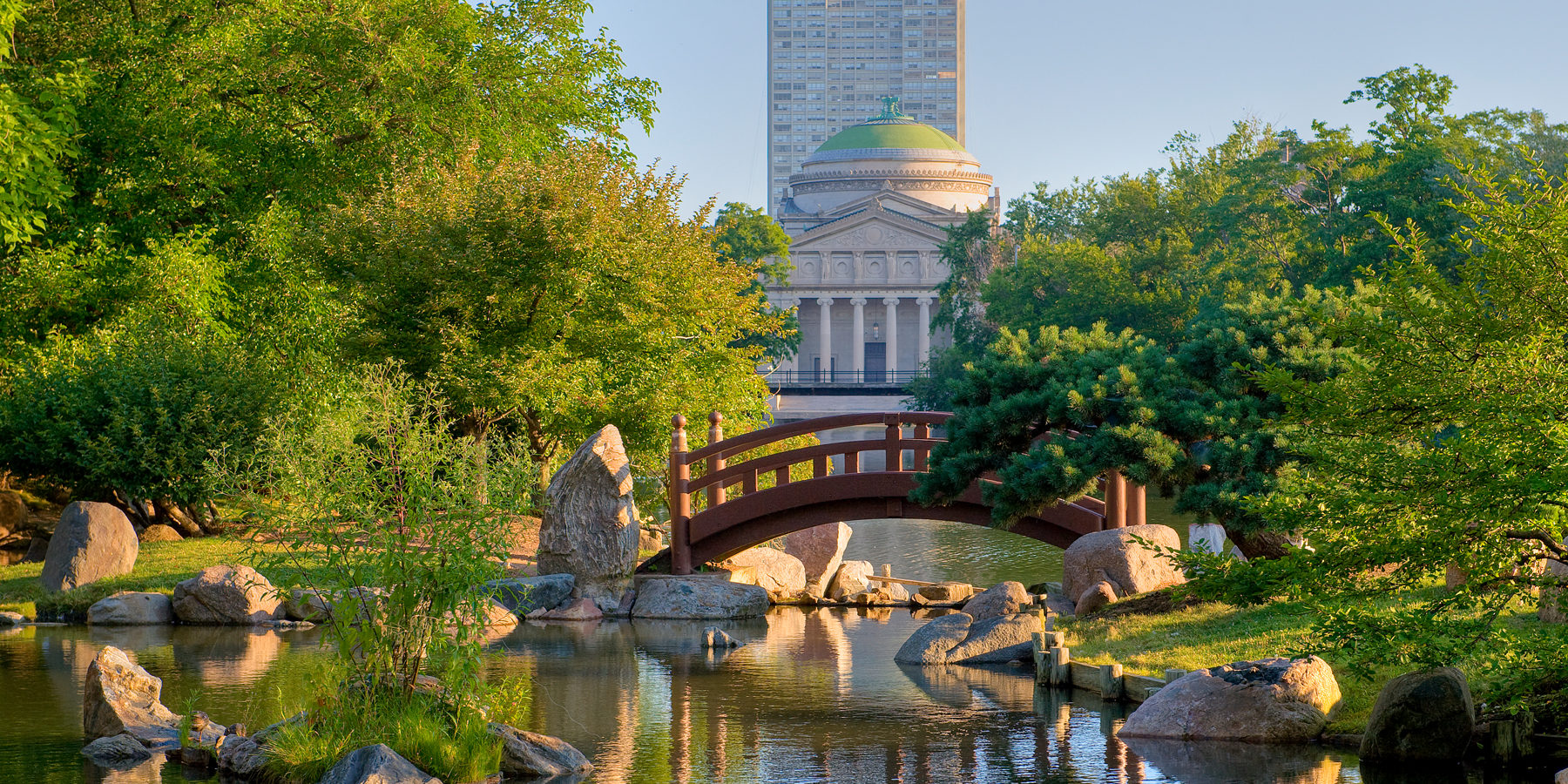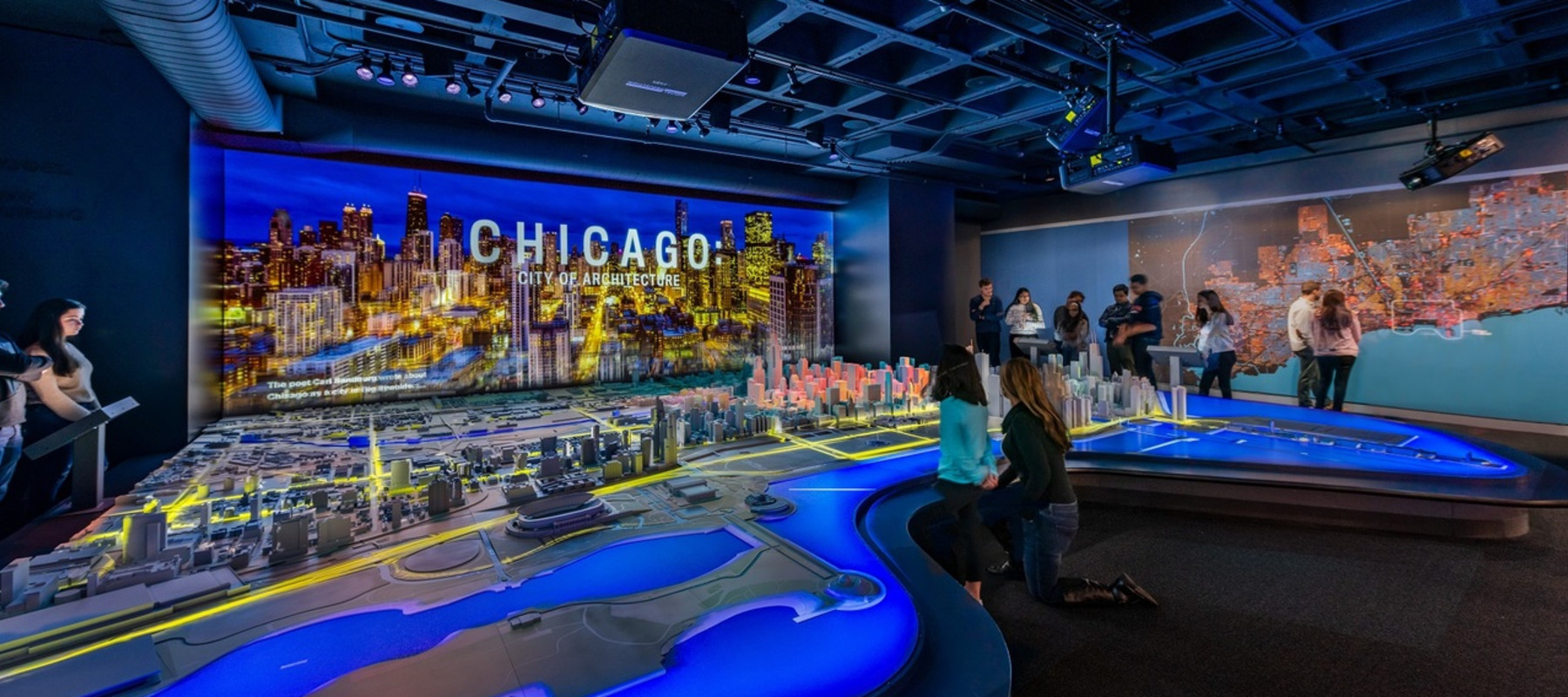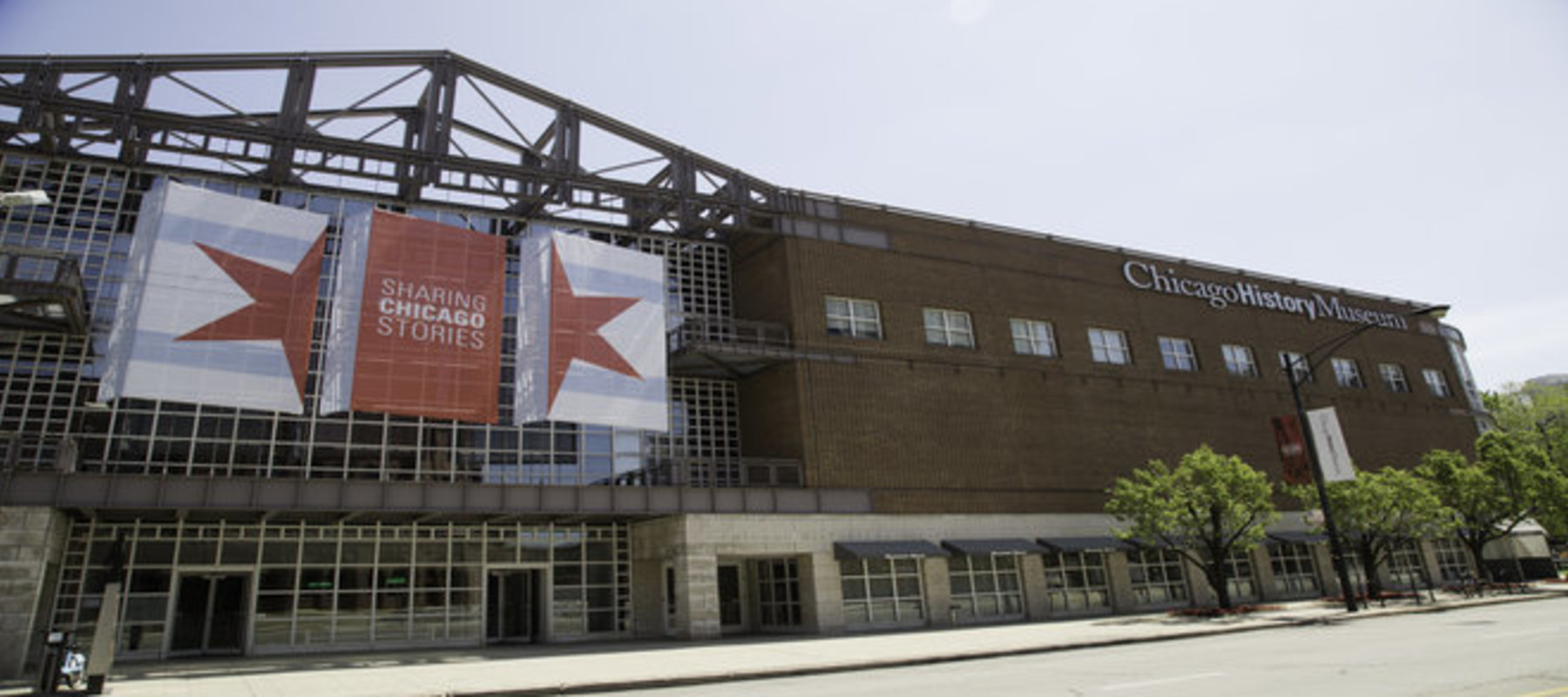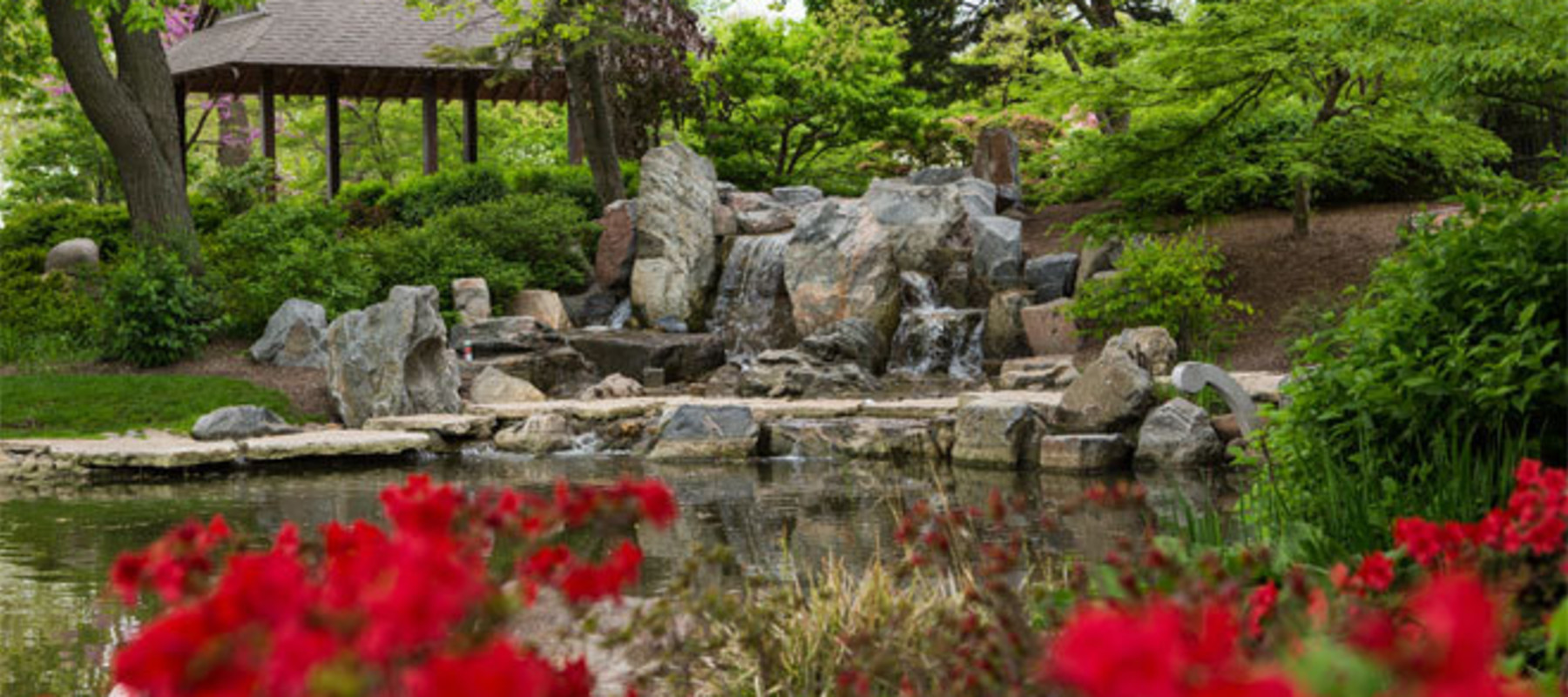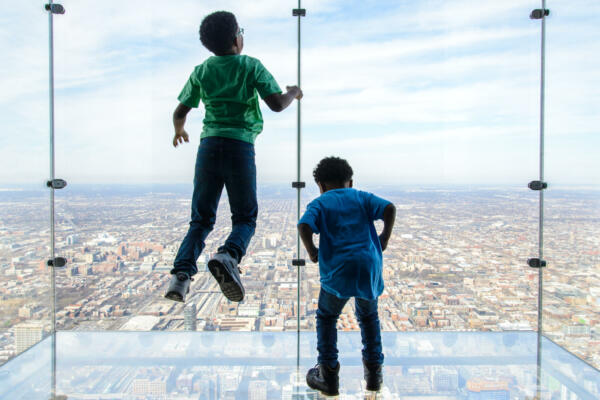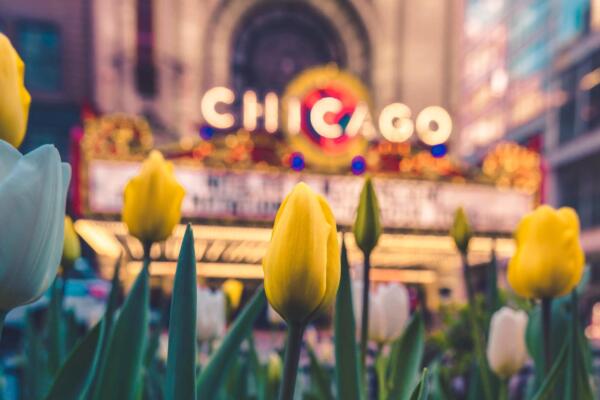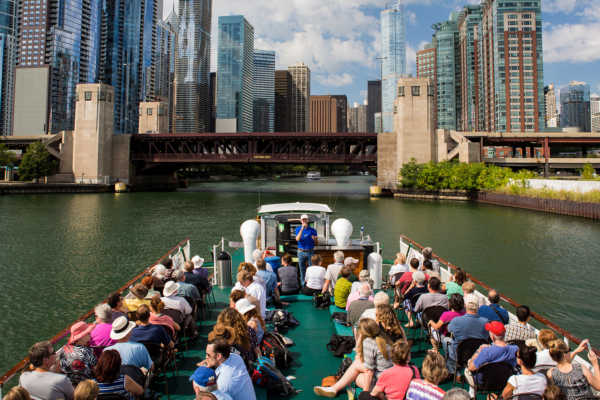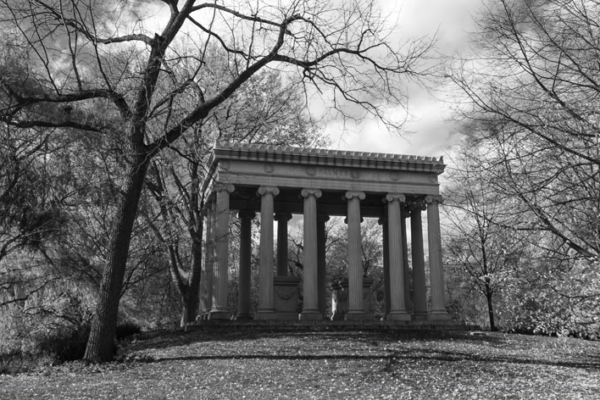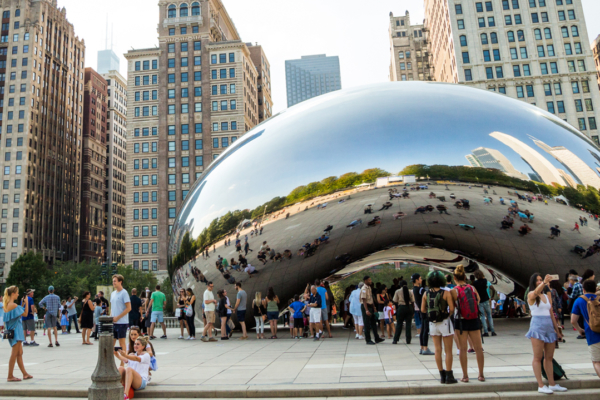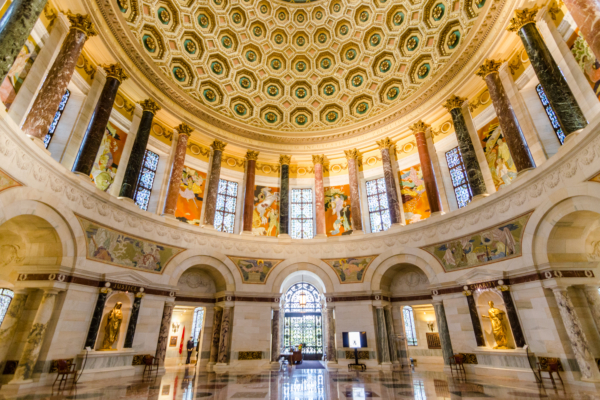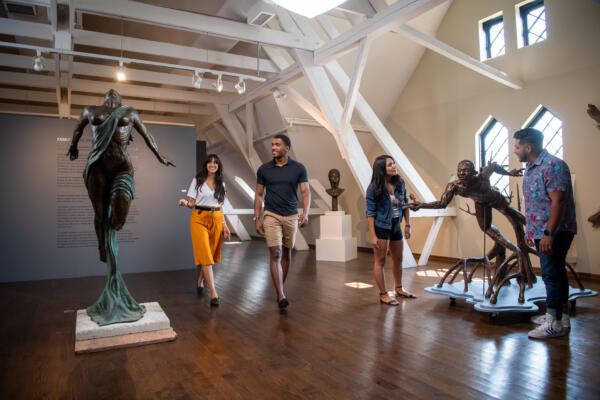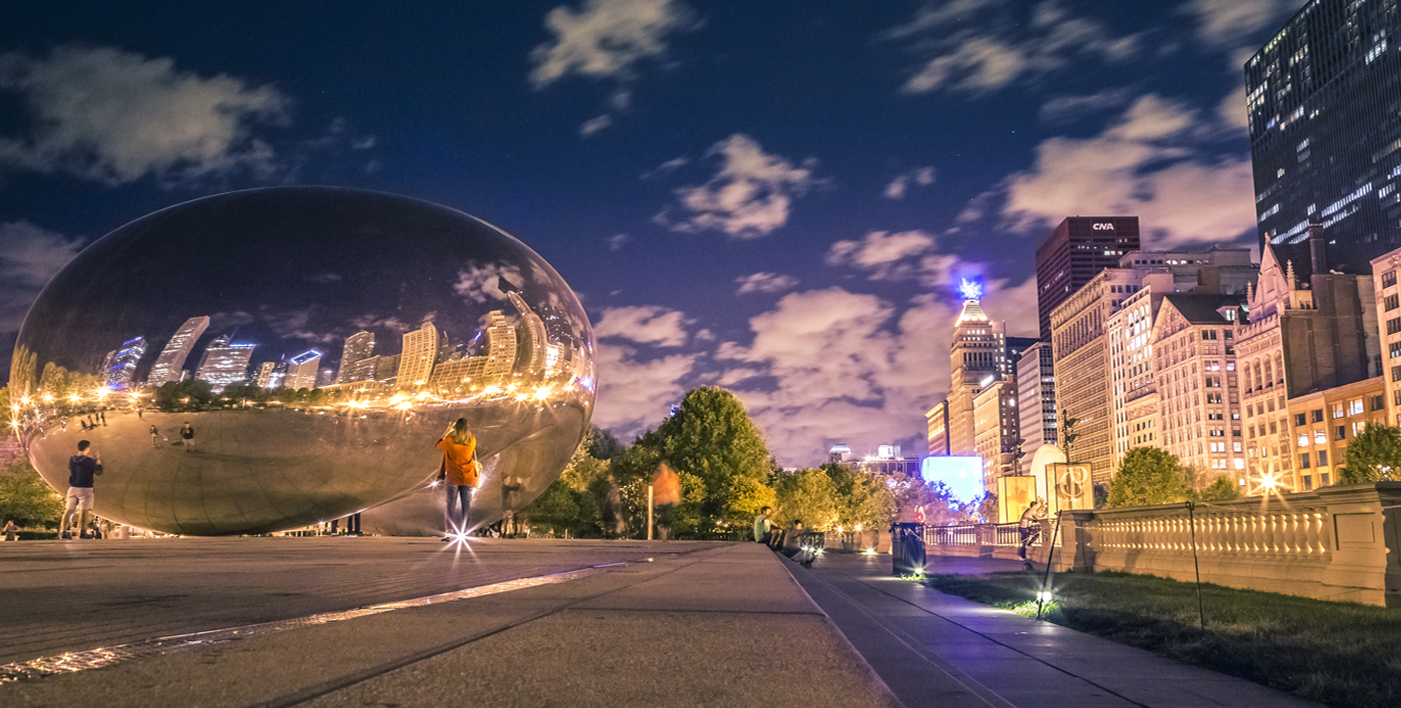The Chicago World’s Fair in 1893 is one of the city’s most famous (and infamous) events. Often called “the fair that changed America”, the massive event introduced more than 27 million people to an abundance of modern marvels: elevators, the zipper, Cracker Jacks, the Ferris wheel, the first voice recording, and more.
But the fair also had a dark side. One of America’s first documented serial killers, H. H. Holmes, was active in Chicago throughout the World’s Fair. The dark tale was made famous by the best-selling The Devil in the White City, a work of historical non-fiction that tells the intertwined stories of Holmes and the fair’s head architect Daniel Burnham.
Want to see the White City for yourself? There are still plenty of remnants of the fair throughout Chicago. Here’s where you can explore the Chicago World’s Fair today.
Jackson Park
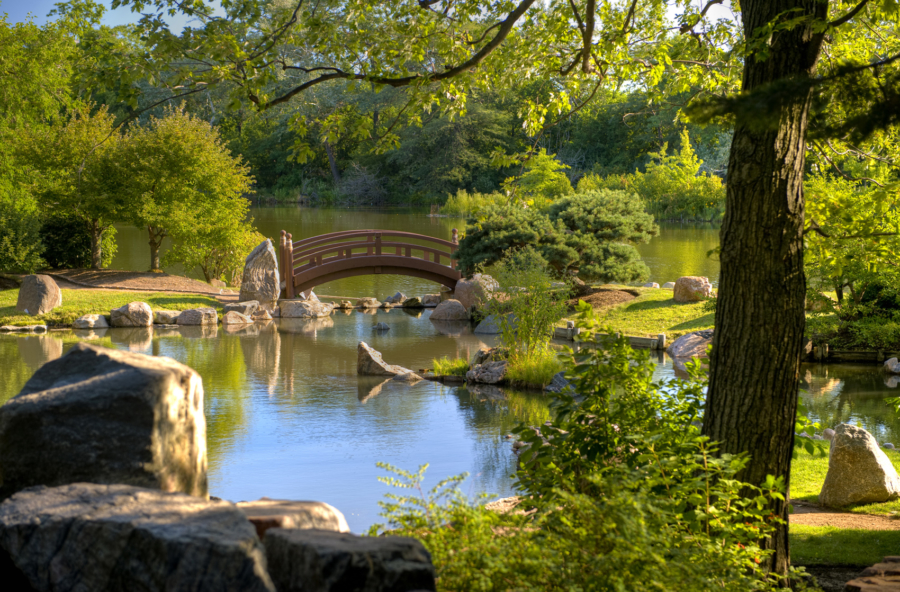
The lakefront Jackson Park was the main setting of the 1893 World’s Fair. It was designed by the renowned landscaper designer Frederick Law Olmsted, who also created New York’s Central Park. During the fair, the manicured grounds were home to more than 200 buildings, islands, lagoons, gardens, and more.
Today, the fair’s structures are largely gone but much of the landscape architecture remains. Jackson Park includes nearly 600 acres of idyllic green space that stretches through three Chicago neighborhoods.
One striking remnant of the World’s Fair: the Garden of the Phoenix, an authentic Japanese garden nestled on the Wooded Island in the center of Jackson Park’s lagoon. The intricate garden stands on the former site of Phoenix Pavilion, a recreation of an 11th century Buddhist temple from Japan, that was a popular exhibit during the World’s Fair.
The Phoenix Pavilion was where Frank Lloyd Wright first encountered Japanese architecture, an aesthetic that would continue to influence his work throughout his career.
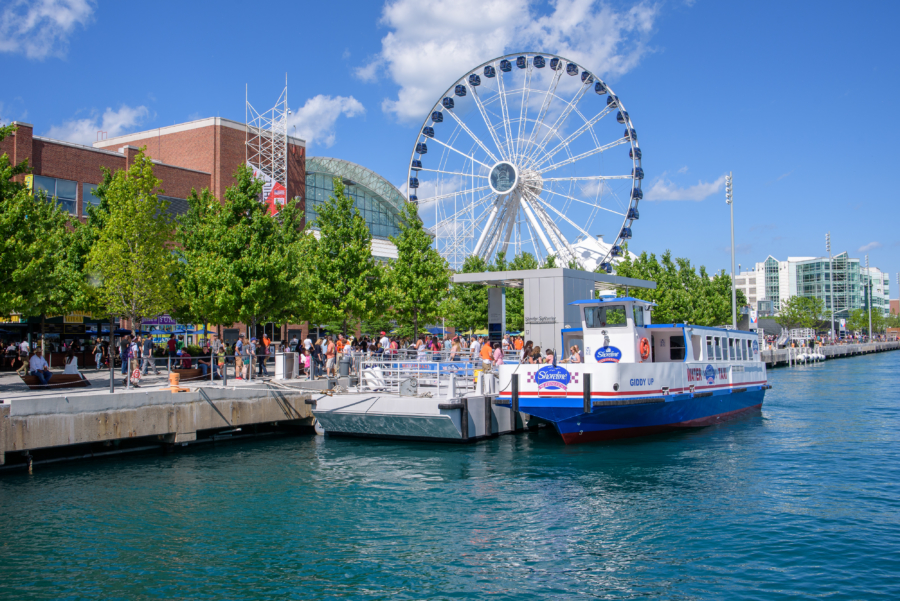
Also in Jackson Park, the Midway Plaisance is a mile long wide stretch of green space that connects to nearby Washington Park. During the fair, the Midway Plaisance was home to various amusement rides — including the “Chicago Wheel” designed by George G.W. Ferris. The first-ever Ferris wheel is commemorated at Navy Pier, where you can take a spin on the Centennial Wheel that soars almost 200 feet into the air.
Another lasting artifact of the World’s Fair: the Statue of the Republic that still stands proudly in Jackson Park. The original version of the monumental female figure stood 65 feet tall and was covered in gilded plaster. Today, you’ll find a 24-foot replica that was erected in 1918 to celebrate the 25th anniversary of the fair and centennial of statehood for Illinois.
Museum of Science and Industry
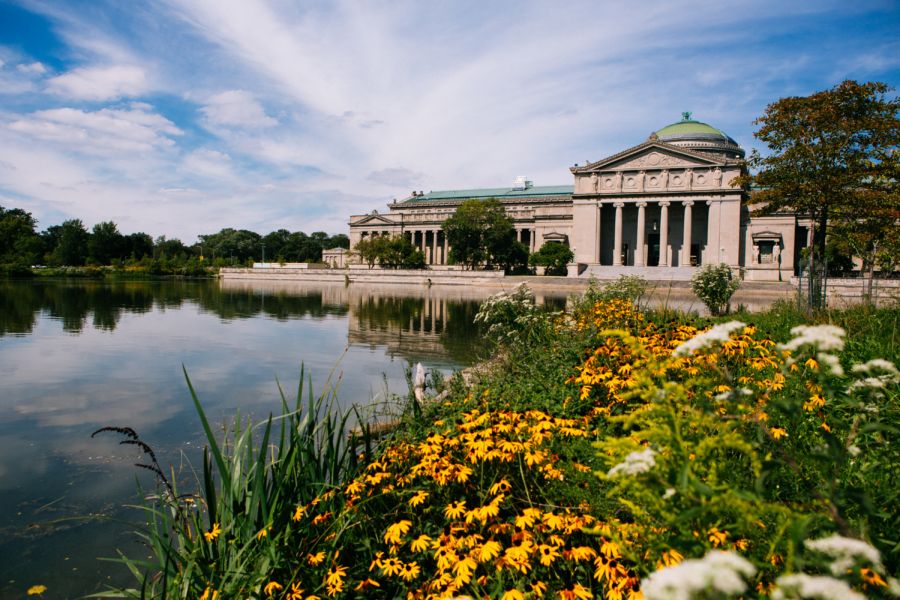
The Museum of Science and Industry is housed in one of the only two remaining buildings from the 1893 World’s Fair. The massive Neo-classical structure, which was built as the Palace of Fine Arts, is a perfect example of Daniel Burnham’s vision of a classically inspired White City. Why did this building stand so much longer than the fair’s other structures? While many buildings were made with plaster, the Palace of Fine Arts was built with brick and steel because many nations wouldn’t allow their art to be displayed in a non-fireproof building.
Today, the Museum of Science and Industry is the largest science center in the Western Hemisphere. It’s home to more than 35,000 artifacts and nearly 14 acres of hands-on experiences designed to spark scientific inquiry and creativity. It’s also located right next to Jackson Park, making it easy to continue your tour Chicago World’s Fair history.
Art Institute of Chicago
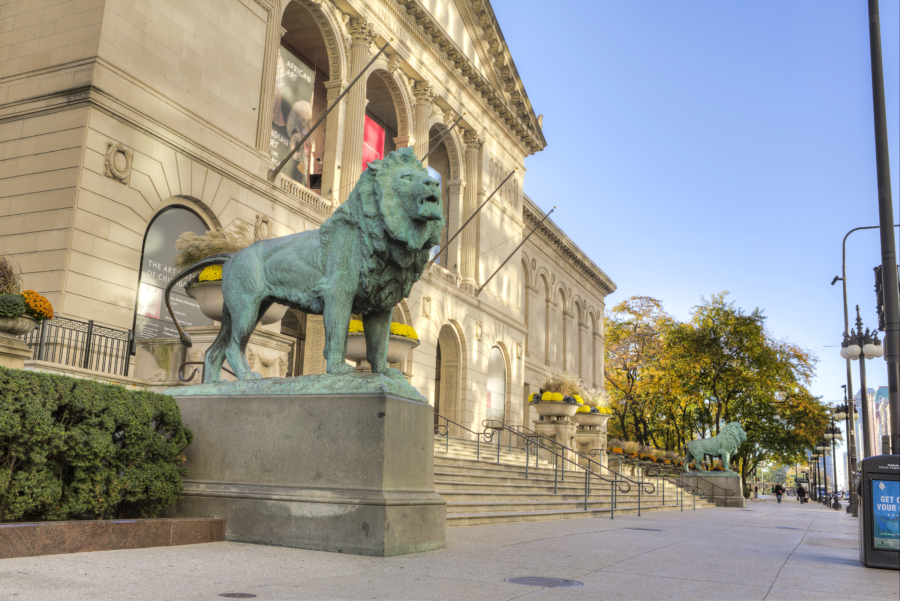
The Art Institute of Chicago building is the second of the two remaining buildings from the 1893 World’s Columbian Exposition. It’s also one of the only fair buildings not on or near the grounds of Jackson Park. During the six months of the fair, it was used as an auxiliary building for international assemblies and conferences.
Despite not being on the official fairgrounds, the building’s Beaux Arts style, ancient Roman-inspired adornments, and large columns make it cohesive with the aesthetic of the rest of the White City. After the fair, the Art Institute (which funded a majority of the building’s construction) took up permanent residence. Today, it’s one of the oldest and largest art museums in the world. In addition to the original building, the museum added a striking Modern Wing in 2009.
Other landmarks & sightseeing tours
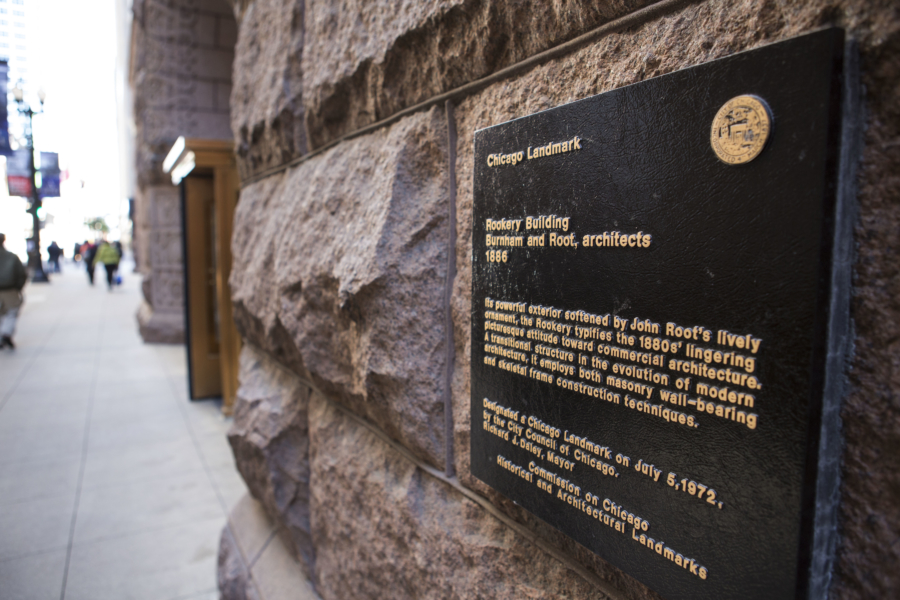
The Chicago Architecture Center and Chicago History Museum both offer tours that examine Chicago sites from the best-selling novel by Erik Larson, Devil in the White City. Explore the true crime tale on bus and walking tours that bring the era to life and lend insight into the lives of two famous men: Chicago architect Daniel Burnham and serial killer H. H. Holmes.
On the National Register of Historic Places, the Rookery Building was designed by famed architectural partners Burnham and Root. Burnham’s offices were located on the top floor, and it’s where every blueprint for the Columbian Exposition was drawn. Frank Lloyd Wright redesigned the two-story skylight lobby in 1907.

